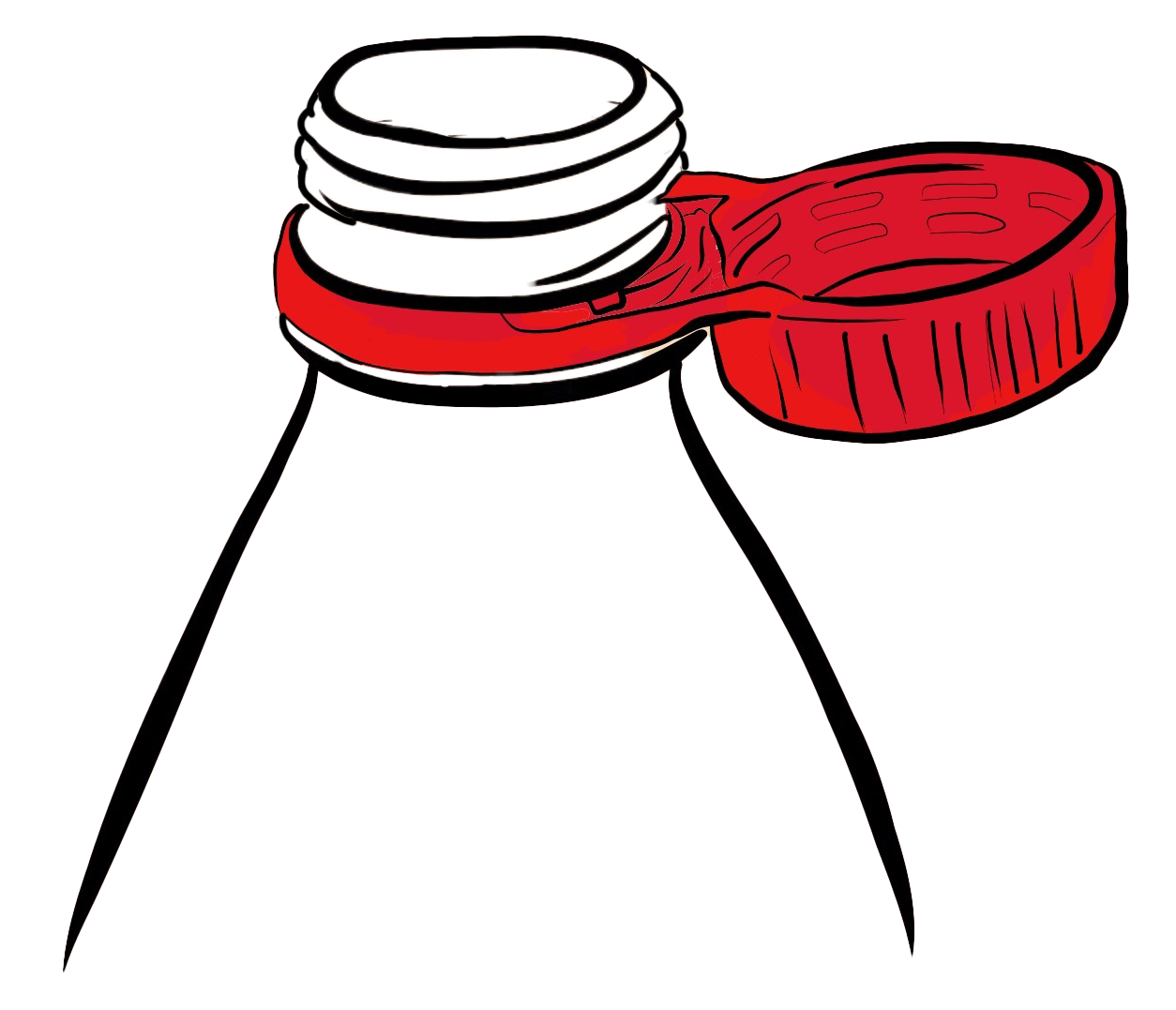Innovation drives progress by solving everyday challenges like inflation, resource use, and the cost of living. Technological advances fuel optimism, expand markets, and promote economic growth.
While some regions prioritize investing in innovation, others focus on regulation, claiming to ensure safety. However, regulations often come with trade-offs, leading to lost opportunities, wasted resources, and less innovation. Businesses in these regions spend more time complying with rules than improving lives.
This divide is evident when comparing innovation-driven regions like the U.S. and parts of Asia with the regulation-heavy European Union. Case studies in areas such as space exploration, robotics, and AI highlight these contrasting approaches.
This policy paper aims to study innovation cases and analyze best practices to provide a regulatory framework to increase innovation and consumer choice.

U.S. companies like SpaceX are leaders in global space innovation. Over the past decade, SpaceX has developed smaller, lighter, and more efficient rockets than anything previously seen in the space industry. For instance, their Starship project aims to revolutionize space travel with reusable rockets, cutting launch costs by up to 70%, and unlocking commercial space tourism and interplanetary travel potential. Since 2016, SpaceX has successfully reduced the number of necessary rocket parts, speeding up production time and cutting costs by millions. It is estimated that SpaceX invested 1.9 billion dollars (Inflation adjusted) in R&D to develop the Falcon 9 reusable rocket launchers.
Moreover, it has established its dominance in space exploration, as it is responsible for 80% of all payloads delivered to orbit. Most recently, the company was able to return its rocket and land on a gyroscopic platform – the only company in the world able to achieve this feat and possess the know-how behind the technology.

Meanwhile, in the European Union, regulatory focus has shifted to reducing plastic waste reduction. A key example is the EU directive requiring permanently attached plastic bottle caps to prevent excessive littering. While the measure has good intentions, it distracts from the broader global race in technological innovation. Europe is indeed a big plastic waste producer, with more than 53 million metric tons in 2019, but so is every region with a large consumer population. In reality, Europe fares comparatively better than regions such as North America, Asia, and North and Sub-Saharan Africa, according to the latest UN estimates. Also, Europe’s recycling program accounts for less than 15 percent of waste disposed across the continent, which shows that there are far more helpful ways to innovate in waste management than attempts to change consumer habits.
The shocking and concerning surprise is that the directive has achieved the exact opposite of its intentions. According to an independent study by PricewaterhouseCoopers (PwC), tethered caps could result in between 50,000 and 200,000 tons of additional plastic being used annually and a further 58-381 million kg CO2 equivalent of emissions. If the environmental consequences weren’t enough, the study also calculated the cost of introducing tethered caps to be between 2.7 billion and 8.7 billion euros necessary to adapt bottling lines. Companies will need to pass on this massive investment to consumers, who have seen their preferred beverages increase in price. The policy further creates an enormous opportunity cost for companies that could have used that money to make their products better, more efficient, healthier, or even cheaper for the end consumer. EU bureaucracy has failed to fix the problem by ignoring the costs it creates. Instead, it has punished consumers by depriving them of innovation and improvements in areas they care about.

Across the Atlantic, robotics is becoming a focal point of cutting-edge technology. Companies like Boston Dynamics and Tesla are developing robots capable of performing complex human-like tasks, with potential applications ranging from healthcare to logistics. Boston Dynamics’ robot Spot took roughly four years to go from concept to market, with millions of dollars invested in R&D. Even though the exact sum spent to develop their latest version of the smart robot Spot is unknown, in 2022 the company (which had recently been acquired by Hyundai Motor Co) pledged to invest 432 million dollars in AI, robotics, and research centers. Analysts expect the global robotics market to reach 214 billion dollars by 2030, with America and Asia leading the innovation boom.

By contrast, during the same time, an overwhelming majority of the European Parliament passed a reform that made USB-C connectors the standard charger for most electronic devices across the European Union. An Impact Assessment Study on Common Chargers by Ipsos and Trinomics for the European Commission in 2019 found that a new standard charger would generate a 655 million Euros decrease (equivalent to a whopping 723 million Euros in 2024) in revenue for the industry and especially a loss of competitive advantage for Apple’s supply chain. While helpful for consumers in a small way, the EU’s focus on unifying charging cables is ultimately wasteful. Certainly, it doesn’t advance the frontier of human capability like robotics.

Supersonic flight is poised to make a comeback, with American companies like Boom Supersonic planning to launch commercial supersonic jets by 2029. Boom’s Overture jet could halve the time it takes to travel between continents, slashing a New York to London flight from 7 hours to just 3.5 hours. Thankfully, the U.S. government plans to ease regulations to accommodate supersonic air travel, creating a market with an estimated worth of 260 billion dollars. The aerospace firm Boom Supersonic secured 270 million dollars to fund its development in 2020. Two years later, the same company received a contract worth up to 60 million dollars from the US Air Force (USAF) to accelerate the R&D of its upcoming ‘Overture’ supersonic flight-capable aircraft. Part of the investment will go toward building a world-class supplier network and a one-of-a-kind super factory for aerospace manufacturing in the United States.

Meanwhile, France has gone the opposite route in Europe, banning short-haul domestic flights to reduce carbon emissions. The decision exemplifies the contrast between a focus on cutting-edge technological advancement and the stifling effect of onerous rules. The decision is more symbolic than practical in reducing carbon emissions since the ban affects only three routes — between Paris-Orly Airport and Nantes, Bordeaux, and Lyon. According to official statistics, domestic flights only accounted for 4 percent of the French transportation industry’s CO2 emissions. This mindset of green posturing means Europe finds itself grounded while the U.S. soars ahead with supersonic air travel.

In the U.S., companies invest heavily in agricultural technology, using robotics, artificial intelligence, and cleaner chemicals to revolutionize farming. John Deere, for instance, has developed AI-powered tractors that can autonomously plant crops, increasing efficiency and reducing labor costs. The potential impact of such innovations is enormous, with initial figures suggesting that AI could add 127 billion dollars to the global agricultural sector by 2025.

Conversely, the European Union has spent the last five years discussing and debating the Farm2Fork strategy. The cornerstone of the European Green New Deal, the strategy focused on restricting pesticide use by 50% and setting ambitious sustainability goals, such as dedicating 25% of agricultural land to organic farming. Despite its lofty ambitions, it soon ran into grave problems. The European Union ignored the actual costs of Farm2Fork in favor of a mission-based list of objectives that never came to be. By contrast, concrete U.S. agricultural innovations are already taking root, driving productivity and reducing environmental impact more effectively than regulation or well-sounding principles ever could.
The U.S. is also spearheading innovation in the AI sector, with companies like OpenAI, Google, and Microsoft pouring billions into artificial intelligence. The AI industry is expected to grow to $15.7 trillion by 2030, igniting a revolution in healthcare, finance, and manufacturing. One particular region is leading the chip production: the Taiwan Semiconductor Manufacturing Company (TSMC) makes all of the world’s advanced AI chips, and one American company (NVIDIA) is responsible for designing 95% of the AI chips in the market. In addition, the big five firms (Amazon, Alphabet, Meta, Apple, and Microsoft) collectively account for almost twice as much R&D as the entire EU public sector.

Meanwhile, in the European Union, regulatory bodies obsess over data protection laws, such as the General Data Protection Regulation (GDPR) and the Digital Single Market directive, which have made the internet more cumbersome to navigate thanks to constant cookie policy prompts and restrictions on data usage. One estimate claims Europeans waste 575 million hours per year clicking on cookie banners alone. Businesses also face hidden costs from these cookie banners, such as the legal cost of hiring lawyers and striking up privacy agreements, the cost of employees wasting time implementing and dealing with each pop-up, and the cost of monitoring services and creating databases featuring every single visitor to the company’s website, to name just a few.
While protecting users’ privacy is important, these regulations only add extra layers of bureaucracy that slow innovation, making it harder for European companies to compete in the global AI race.

Policymakers in the European Union should prioritize innovation by creating regulatory environments that encourage technological advancements rather than hinder them.

Regulations should be proportionate to the risks they aim to mitigate and adaptable to the rapid pace of technological advancements.

Environmental sustainability and innovation are not mutually exclusive.

To remain competitive in the global market, the EU must reduce regulatory burdens that deter innovation.

Head of Communications & Marketing

Research Director
We will, from time to time, keep you updated on new and troublesome regulations in your country and ways that you can help use fight them. Don’t worry, being a member is always free!